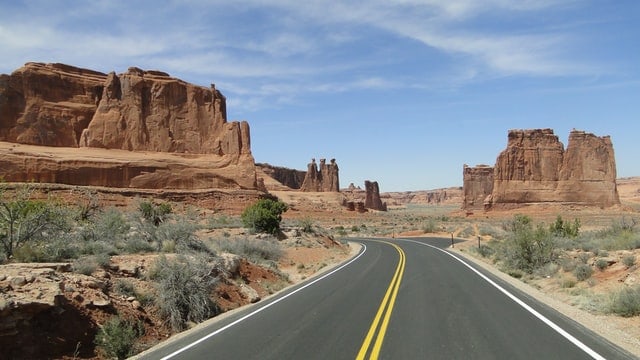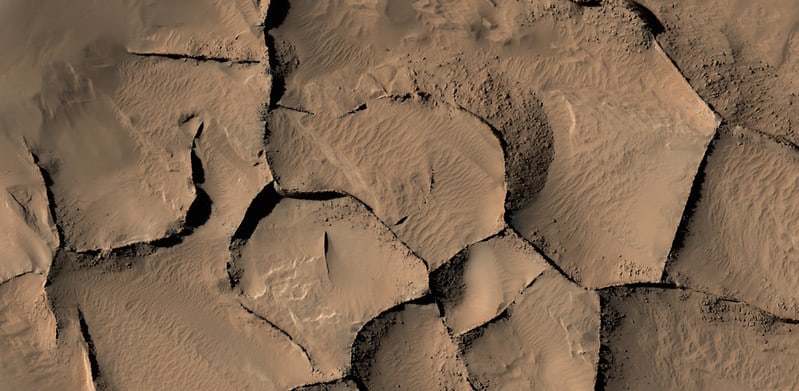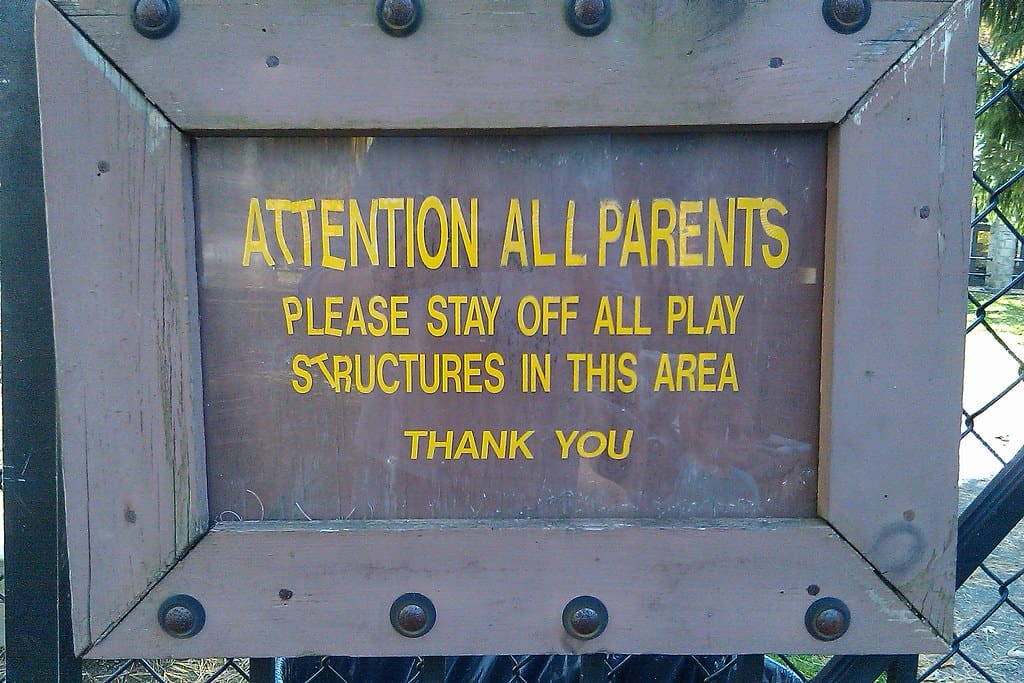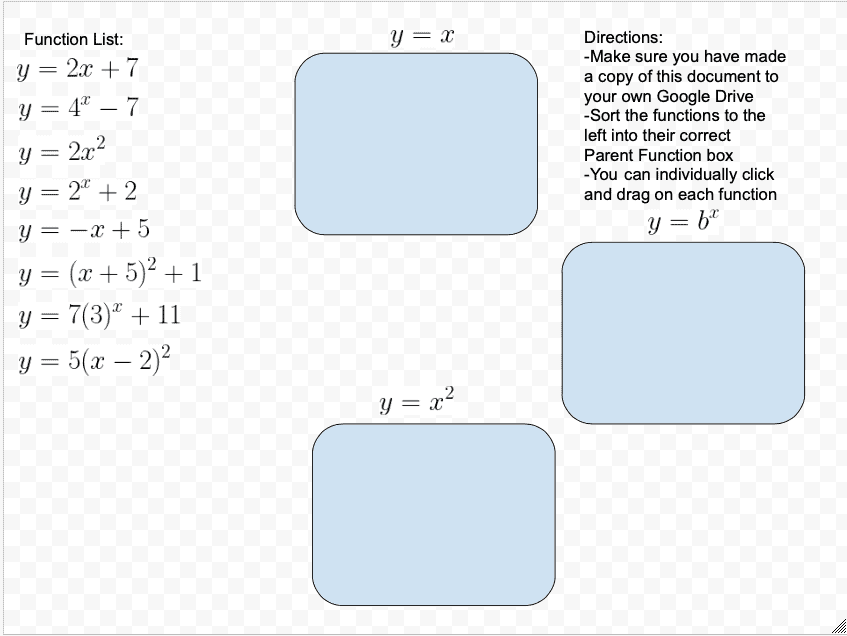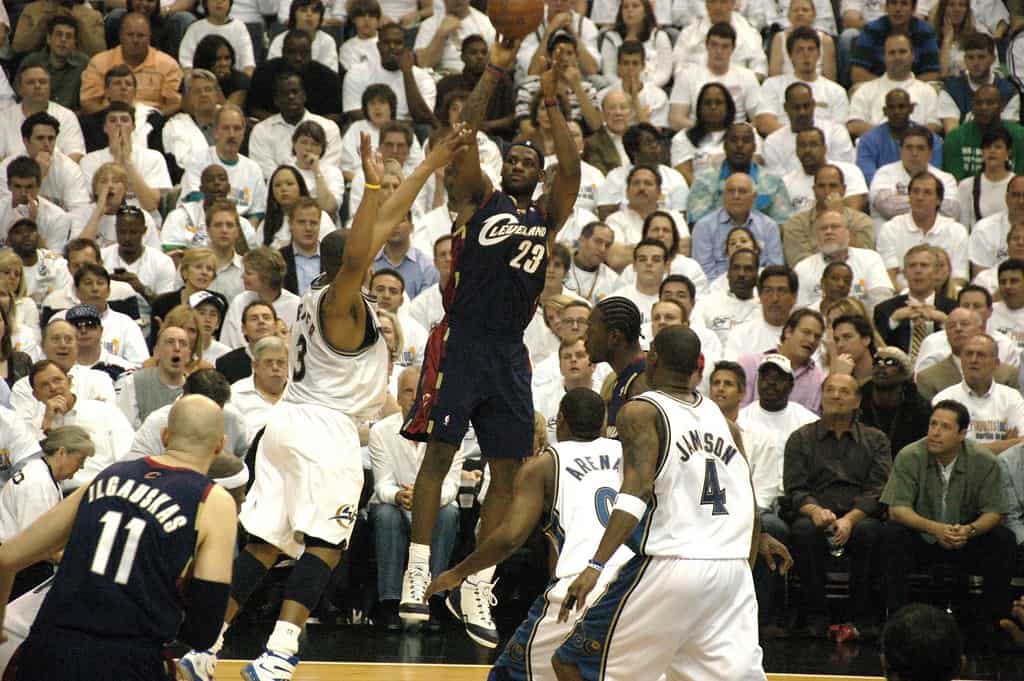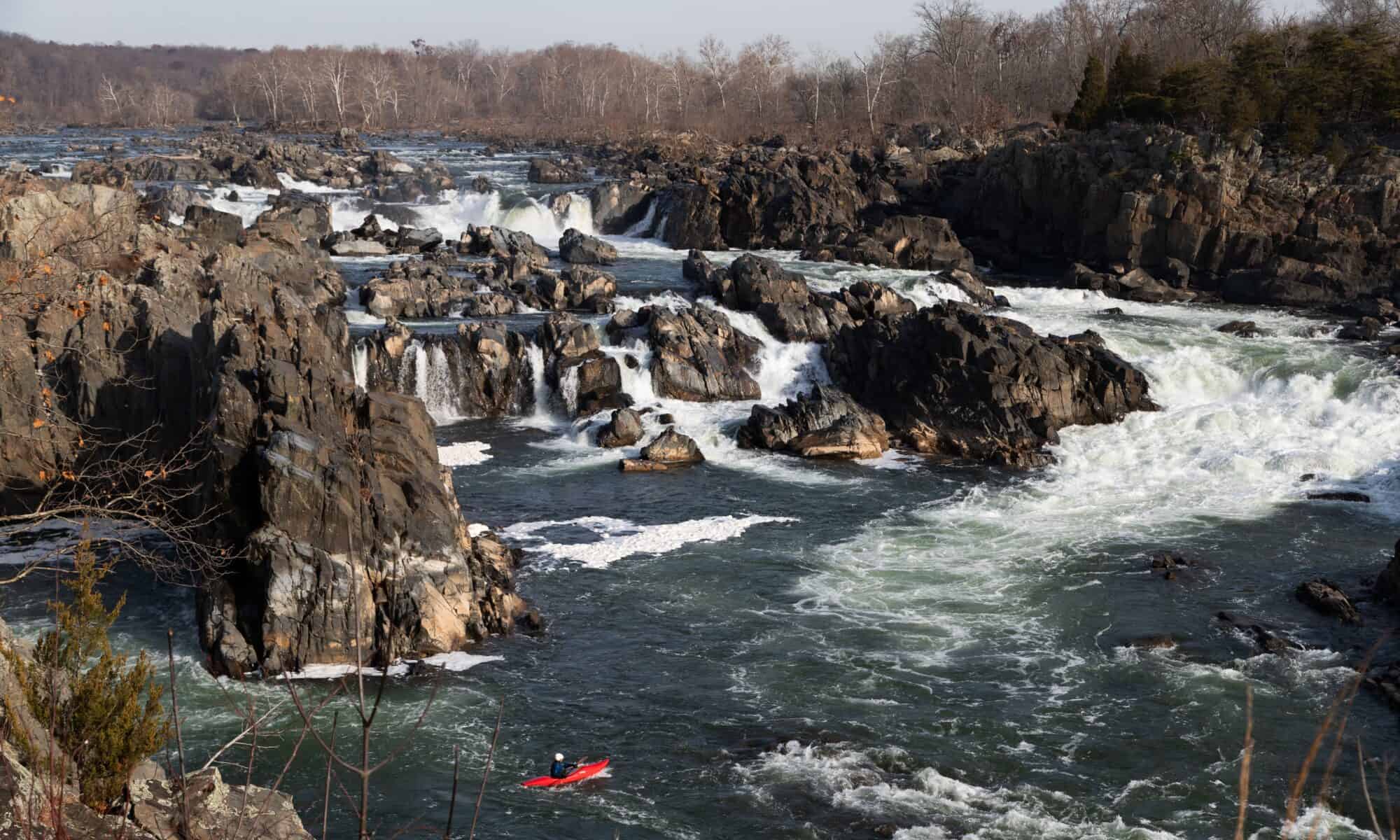This semester has seen growth in a variety of areas, one of those being my skill with various technological tools and gadgets I may need in the future. Below we will celebrate some particular posts from the last bit that I feel represent and solidify my progress in this course, as well as discuss technological skill that I feel wasn’t contained in any particular exercise.
Posts:
This post was modeled off of a lesson that I had Geometry Students try before they had been introduced to the technical definitions of congruence and similarity. I enjoyed the learning and creativity it gave students the chance to access as the they get to navigate themselves through this lesson.
This is another post I feel particularly represents my unique ability to blend technological skill and mathematical ability. Students were asked to “tour” downtown Portland and the surrounding suburbs while also calculating various mathematical facts to enhance their journey. This ranged from bills and tips from eating lunch, to how much gas money each student would owe depending on the milage they got.
Final Reflection
This semester has been outside of the norm for several reasons. For one school was yet again full price, and yet nothing happened physically? Still trying to work out the math on that one and I have a feeling I may be stumped on that for a long time. I also made the decision to move back home and let me tell you; doing College from your childhood bedroom does have its advantages. That would be not having to pay rent. And thats about it I think. However it took place, I am very proud to say that I have almost finished up 4 years of an experience like nothing else. If I could do it again admittedly I probably would have done something with less of a ~hey go make the biggest financial decision (or mistake) of your life at the age of 18 because all of the adults around you think its a good idea~ type aura too it, but nevertheless we are here with skills that I would not have been able to get anywhere else.
Mathematically speaking I truly did not think I would be here. Math has always been on the back of my mind as something that I had enjoyed in the past but had never been seen as a tangible career choice until I took it to College and decided to run with it. Math in College taught me valuable lessons both in doing math and how it should be taught. To be frank I learned more about educating and empowering through math from the Mathematics department than I did from the School of Education. As someone who was drawn to the University of Portland because of its Education program, I was pleasantly surprised with the role models both in mathematical thinking and life choices I found within the Math department, and gravitated towards it.
Now while all of this was happening, I was also evaluating my career choice as an educator. I knew I wanted to educate in the mold of the many high school teachers and college professors that I had been influenced with, however I found I got my best experience through the School of Education through my field experience in the classroom. Once there I was able to hone my skills as someone who’s main goal was to foster inquisitive and curious learners with a drive to succeed. During my time in schools around the Portland area was when I felt the most effective in learning and growing as an Instructor.


